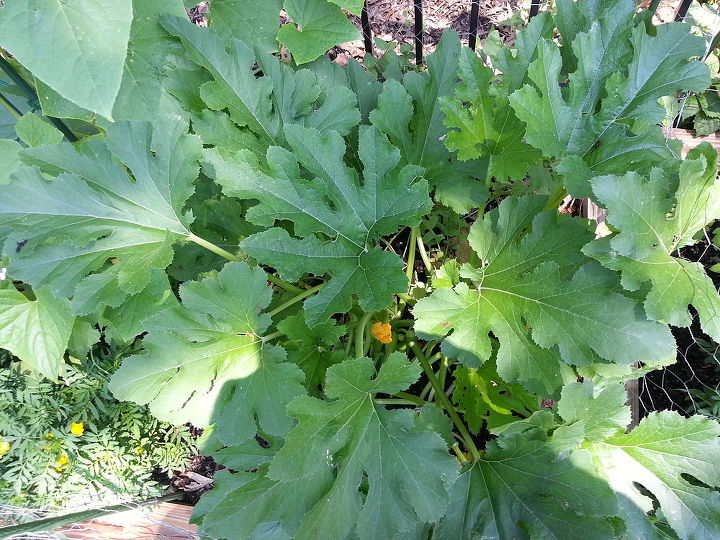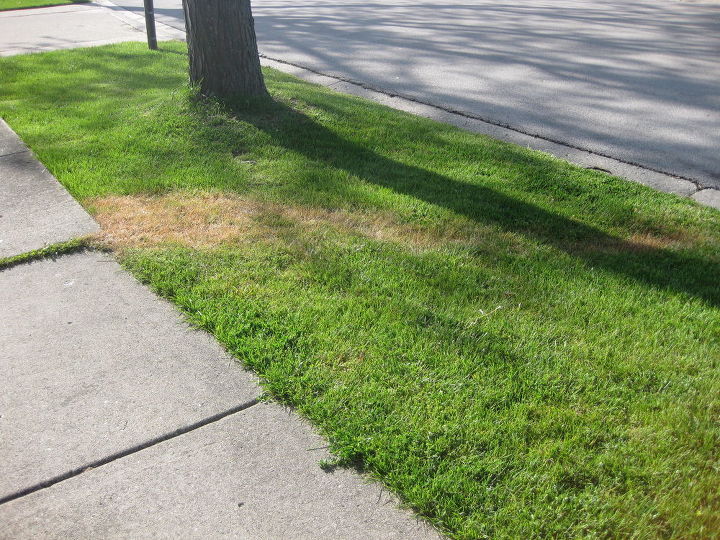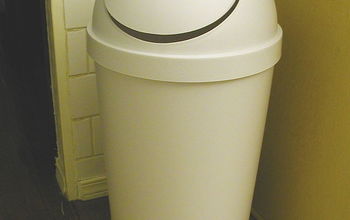Has anyone had a problem with goutweed? It is taking over everything. It's all in between my good plants.

-
unless you like the idea of digging it all up, glyphosate (Roundup, KillZall, etc) is your best bet. Spray onto a foam paintbrush and apply as needed. Home remedies like vinegar and salt won't touch it.
 Walter Reeves
on May 28, 2012
Helpful Reply
Walter Reeves
on May 28, 2012
Helpful Reply -
-
Ok the Plant conservation alliance at the following link: http://www.nps.gov/plants/alien/fact/aepo1.htm MANAGEMENT OPTIONS A variety of methods are available for controlling goutweed, depending on the extent of the infestation and the amount of time and labor available. Regardless of the control method used, the patch should be carefully monitored periodically for a few years. New shoots should be dug up and destroyed. Once goutweed control has been achieved, revegetation with native or non-invasive exotic plant materials is recommended. This is particularly important on sites where erosion is a concern or where other invasive species are likely to colonize the site if left alone. Biological There are no biological control organisms currently available for Aegopodium podograria in North America. Chemical Systemic herbicides such as glyphosate (Roundup®) that are translocated to the roots and kill the entire plant are most effective for goutweed control. However, glyphosate is non-specific and can damage or kill desirable native plants that are accidentally sprayed in the course of treating the goutweed. Contact herbicides are usually ineffective because goutweed readily leafs out again after defoliation. Manual Small patches of goutweed can be eliminated by careful and persistent hand-pulling or digging up of entire plants along with underground stems (rhizomes). Pulled plants can be piled up and allowed to dry for a few days before bagging and disposing of them. Be careful to pick up all rhizomes which, if left behind, can reroot and sprout new plants. For large patches, a team of volunteers or use of herbicide is recommended. Mechanical Where appropriate, frequent short mowing may control or slow the spread of goutweed in lawns, along roadsides, and other areas. Physical Preventing goutweed from photosynthesizing in early spring (at the time of leaf-out) can control the plant by depleting its carbohydrate reserves. This can be accomplished by covering the patch with black plastic sheeting when the leaves start to emerge from the ground in the spring, and leaving it in place through the summer. A more effective option is to cut all plants once they've fully leafed out, using a mower, scythe, or weed-whacker type machine, and then cover the area with plastic. Covering the plants in mid- or late summer, after they have regained substantial starch reserves, is probably much less effective.
 Sharron W
on May 29, 2012
Helpful Reply
Sharron W
on May 29, 2012
Helpful Reply -
-
As soon as it come through the ground cut it right off at ground level, then when it come up again, mix stronger than usual glyphosate and put it on with a paint brush, wearing gloves. Repeat until it gives up the ghost. You have to be persistent!
 Shirley
on Nov 02, 2015
Helpful Reply
Shirley
on Nov 02, 2015
Helpful Reply -
Related Discussions
GNATS - How to get rid of them?
Somehow my house and garden got tiny gnats that killed my fuchsia plant and fly everywhere. I have tried ALL the Web recommendations - soap and oil dishes, sand in th... See more
Marigolds growing! Should I pinch the buds?
My marigold plants are growing. I heard that pinching the buds until Autumn will allow them to grow without killing the plant. Is this true?
Growing garlic
Growing our first garlic, should we wait until the leaves are drying out before we pick it? Husband picked first one today along with our first potatoes.
How to keep mice out of your garden?
Hi everyone, I have mice in my garden destroying my vegetables and I have also noticed them in the barn and shed. Please can someone tell me how to prevent them from ... See more
What's the best flower/plant to grow in Texas?
I know that opinions vary, but what's your opinion?!I have great luck w Rosemary plants. Green all year long.
Squash Plants Large and Healthy and no Squash Growing?
2nd Season in a ROW! Squash plants growing large and healthy leaves and the stems near the roots are looking healthy and turning dark green, getting flowers that grow... See more
Trail of dead grass mystery?
Trail of dead grass appeared two weeks ago that starts in neighbor's yard and goes to the sidewalk, then continues past the sidewalk in a line into the grass into my ... See more




